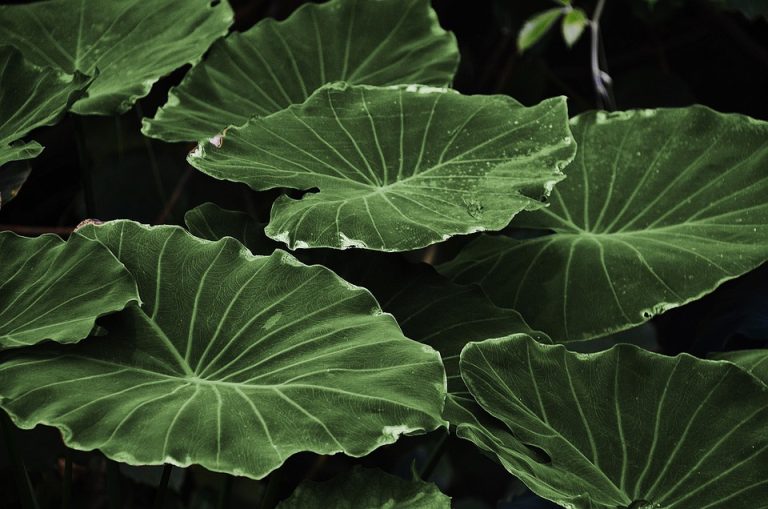If you’re looking to add some greenery to your indoor space, the rabbit foot fern is a great option for a unique and low-maintenance plant. With its distinctive furry rhizomes that resemble a rabbit’s foot, this fern stands out from other houseplants and can bring a touch of whimsy to your home decor. To help you keep your rabbit foot fern healthy and thriving, here is a complete guide to rabbit foot fern care with tips and tricks to help you succeed.
Lighting: Rabbit foot ferns thrive in indirect light. Place your fern in a spot where it can receive bright, indirect sunlight, such as near a window with sheer curtains. Avoid placing your fern in direct sunlight, as this can scorch its delicate fronds.
Watering: Rabbit foot ferns prefer consistently moist soil. Water your fern when the top inch of the soil feels dry to the touch, but be sure not to overwater. Allow any excess water to drain from the pot to prevent root rot. Insufficient watering can lead to brown tips on the fern’s fronds, so be sure to monitor the soil moisture regularly.
Humidity: Rabbit foot ferns prefer high humidity levels. To create a humid environment for your fern, mist its fronds regularly or place a humidifier near the plant. You can also place a tray of water near the fern to help increase humidity levels. In drier climates, consider placing your fern in a bathroom or kitchen where humidity levels are naturally higher.
Temperature: Rabbit foot ferns prefer temperatures between 60-75°F (15-24°C). Avoid placing your fern near drafts or heaters, as sudden temperature fluctuations can stress the plant. Keep your fern away from air conditioning vents and radiators to maintain a consistent temperature.
Fertilizing: Feed your rabbit foot fern with a balanced liquid fertilizer every two to four weeks during the growing season (spring and summer). Dilute the fertilizer to half strength to avoid over-fertilizing, which can damage the plant. Avoid fertilizing during the winter months when the fern is not actively growing.
Repotting: Rabbit foot ferns prefer to be slightly root-bound, so you only need to repot them when their roots have outgrown their container. Repot your fern in a slightly larger pot with well-draining soil to allow room for growth. Avoid choosing a pot that is too big, as this can lead to overwatering and root rot.
Pests and diseases: Keep an eye out for common fern pests such as spider mites and scale insects. If you notice any signs of infestation, gently wipe the pests off the plant with a damp cloth and treat with an insecticidal soap. Inspect your fern regularly for any signs of disease, such as yellowing fronds or mushy stems, and take prompt action to prevent the spread of infection.
With proper care and attention, your rabbit foot fern can thrive and bring beauty to your indoor space for years to come. Follow these tips and tricks to help your fern flourish and enjoy the unique charm of this delightful houseplant.

